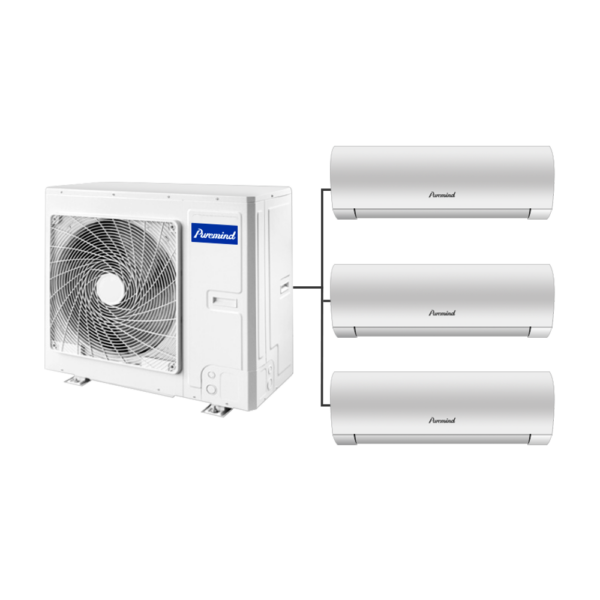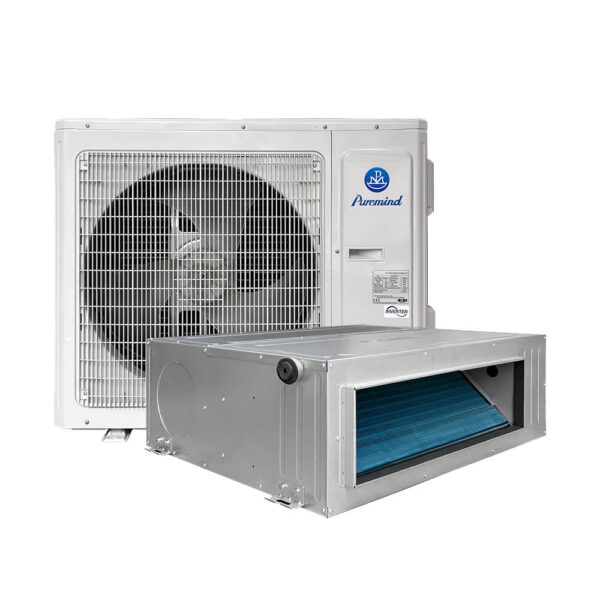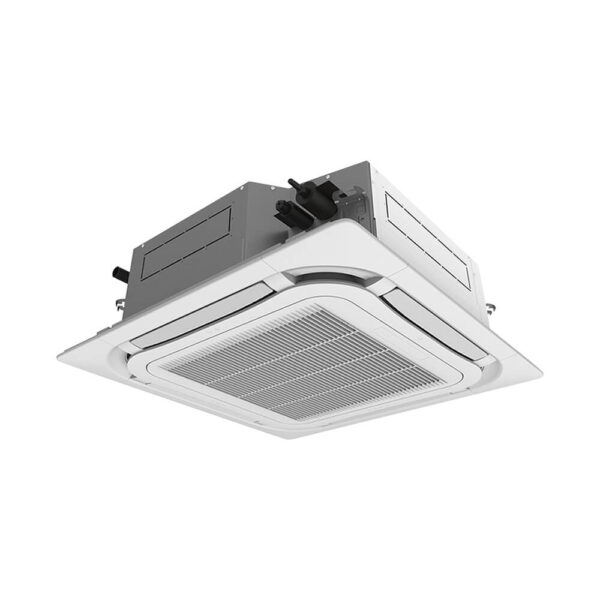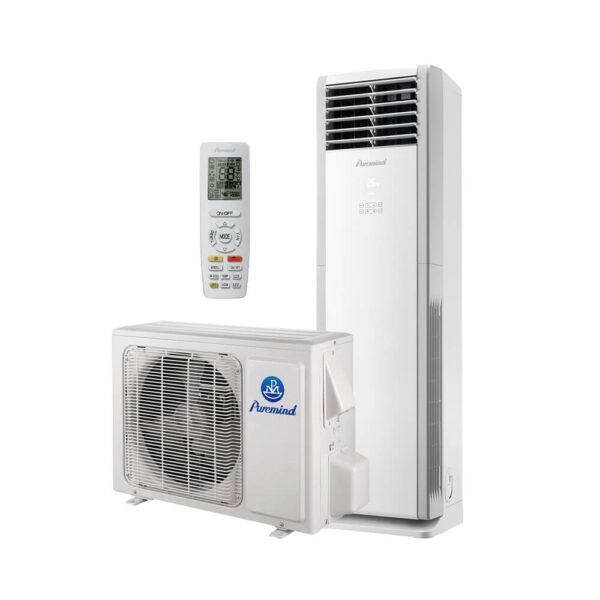HVAC Supply: Complete Guide for Wholesalers, Suppliers, and Distributors
The HVAC supply chain is the foundation of the heating, ventilation, and air conditioning industry. Every furnace, air conditioner, thermostat, and filter passes through a complex network of manufacturers, distributors, and wholesalers before reaching contractors and end users. For businesses that operate as wholesalers or suppliers, mastering the HVAC distribution system is the difference between competing locally and scaling regionally or even nationally. This guide takes a deep dive into how HVAC supply works, the products driving demand, the challenges involved, and the strategies you can use to grow in this evolving market.
Understanding HVAC Supply
HVAC supply refers to the availability and distribution of heating and cooling products, spare parts, and related equipment. It covers everything from large commercial rooftop units to everyday filters. For wholesalers and distributors, HVAC supply is not simply about stocking products—it’s about aligning with contractors, managing logistics, and anticipating customer needs. The efficiency of this supply network ensures comfort for households, productivity for businesses, and revenue opportunities for industry players.
Why HVAC Supply Matters for Businesses
The importance of the HVAC supply chain goes beyond contractors buying parts. For wholesalers and suppliers, the supply network provides:
- Consistent demand – Heating and cooling are non-negotiable needs, making this industry recession-resistant.
- Steady revenue – Contractors and installers rely on a predictable inventory flow.
- Competitive advantage – Distributors with reliable logistics and product availability stand out from competitors.
Key Products Driving HVAC Distribution
Among all categories in the heating and cooling equipment supply chain, certain products dominate demand:
- Split air conditioners – High efficiency and flexible installation make them essential in residential and light commercial markets.
- Heat pumps – Combining heating and cooling, they are the cornerstone of sustainable HVAC systems.
- Ductless mini-splits – Rapidly growing in popularity due to their energy efficiency and ease of installation.
- Thermostats and controls – Smart thermostats are now standard, enabling IoT integration.
- Air quality products – Filters, purifiers, and humidifiers have become mainstream, especially post-pandemic.
- Commercial rooftop units – A backbone of large building systems, driving demand in urban areas.
The Structure of the HVAC Supply Chain
The HVAC supply chain involves multiple stakeholders, each playing a unique role:
- Manufacturers – Produce HVAC systems and parts, often on a global scale.
- Wholesalers – Buy in bulk directly from manufacturers and sell to contractors.
- Regional suppliers – Act as intermediaries for local contractors needing smaller volumes.
- Distributors – Provide large-scale logistics and storage solutions, ensuring steady inventory availability.
- Contractors – Deliver the final product and installation to residential and commercial customers.
Challenges in HVAC Supply
Despite being profitable, managing an HVAC distribution network presents challenges:
- Logistics and shipping delays – Global supply chain disruptions can affect timelines and costs.
- Seasonal demand – Summer heat waves and winter cold spells create sudden demand spikes.
- Regulatory compliance – Environmental regulations impact refrigerant types and product designs.
- Technology shifts – Rapid adoption of smart systems requires continuous product updates.
Strategies for Wholesalers and Distributors
To thrive in the HVAC supply industry, wholesalers and distributors must adopt forward-looking strategies:
- Diversify inventory – Stock both high-demand and niche products.
- Adopt digital solutions – Use e-commerce platforms for streamlined ordering and tracking.
- Strengthen supplier relationships – Long-term partnerships ensure priority access during shortages.
- Offer contractor training – Educate clients on new technologies, increasing loyalty and product turnover.
HVAC Supply Trends Shaping the Future
According to HPAC Engineering, several trends are transforming HVAC distribution:
- Green technology – Low-GWP refrigerants and eco-friendly solutions are becoming standard.
- Smart integration – IoT-enabled HVAC systems create demand for advanced controls and monitoring.
- Supply chain resilience – Distributors are diversifying sourcing to handle global disruptions.
- Customer-centric models – Service and support are as important as product availability.
Case Study: Distributor Success in HVAC Supply
A Midwest distributor grew its revenue by 35% after integrating digital ordering platforms and expanding into air quality products. By focusing on a resilient HVAC product network, the company improved customer retention and scaled into new markets.
Comparing Traditional vs. Digital HVAC Supply
| Traditional Supply | Digital-Integrated Supply |
|---|---|
| Manual ordering by phone or in person | Online portals and mobile apps for easy access |
| Limited inventory visibility | Real-time stock updates and tracking |
| Slower customer response | Automated notifications and faster turnaround |
| Regional-only reach | Potential for national or global reach |
Future Outlook for HVAC Supply
The outlook for the HVAC supply industry is promising. Global urbanization, stricter energy standards, and the growing need for indoor air quality solutions will drive demand for years to come. Businesses that adopt digital strategies, diversify products, and build resilient distribution networks will dominate the future market.
Frequently Asked Questions (FAQ)
1. What does HVAC supply include?
It ranges from complete systems to spare parts, including split ACs, thermostats, and filters.
2. Who are the main players in the supply chain?
Manufacturers, wholesalers, distributors, and contractors all contribute to product flow.
3. How do seasonal trends affect distribution?
Extreme weather increases demand, requiring proactive inventory planning.
4. How can wholesalers stay competitive?
By adopting digital ordering systems, diversifying products, and offering contractor training.
Conclusion
Mastering the HVAC supply chain requires more than stocking products. For wholesalers and distributors, success comes from anticipating customer needs, adopting digital platforms, and building strong supplier relationships. Whether it’s managing inventory of split air conditioners or navigating global regulations, the ability to adapt will define the leaders of tomorrow. By focusing on innovation, sustainability, and customer support, businesses can establish themselves as trusted partners in the ever-expanding HVAC industry.







